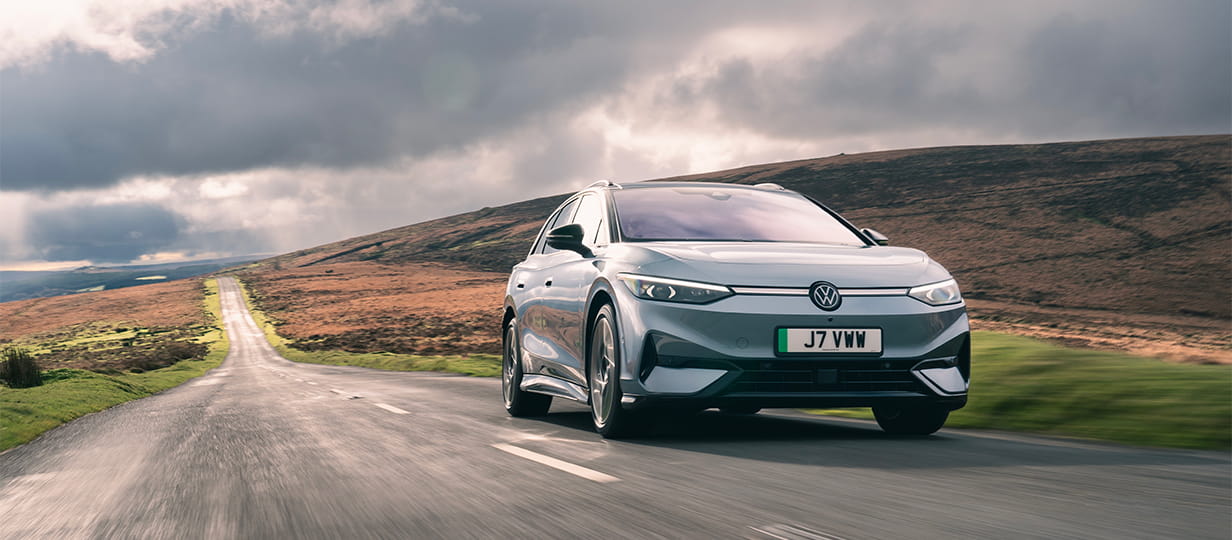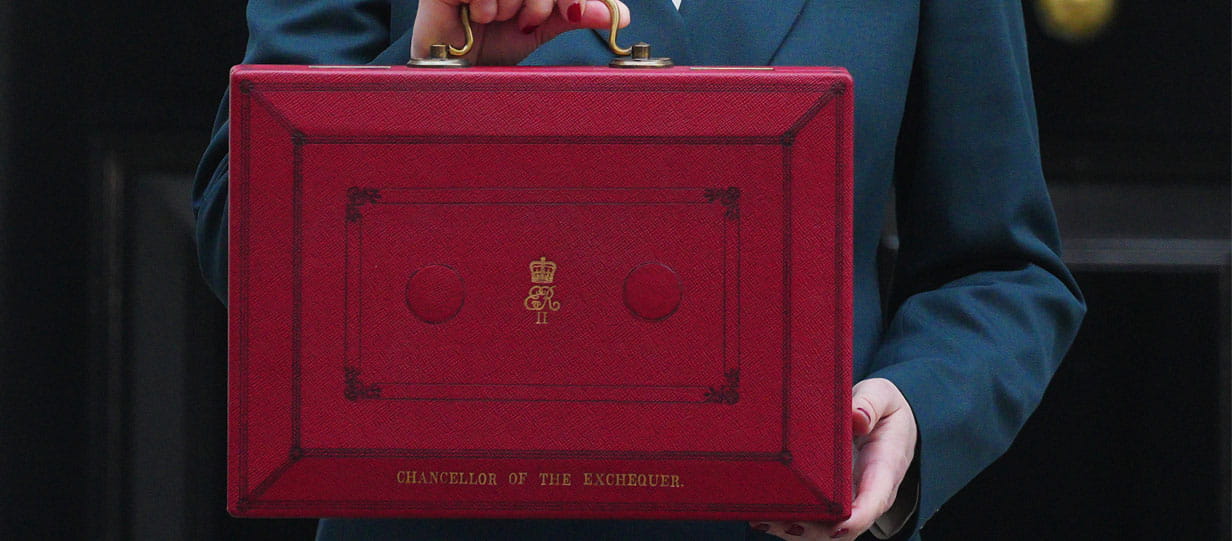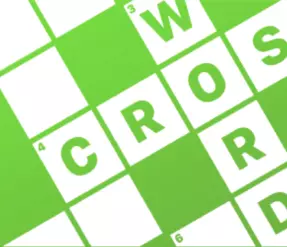Life
Inspirational experiences. Real life insights. The truly exceptional stories that spark a new way of thinking.

Paul Lewis: November money news
Contactless card limits, energy standing charges, winter fuel payments and it’s Will Aid month.

The art of saying no (kindly) as a grandparent

Susie Dent on why we need a new word for retirement

Why I love my walking stick
Far from being a social stigma, our writer says his walking stick is more a magic wand and has transformed his life.

The best mascaras for mature lashes

Jenni Murray on finally visiting Pompeii

The best electric cars for 2026
The EVs you should consider before the new electric vehicle road tax comes into force.

Paul Lewis: The best ways to give money this Christmas
Our money expert looks at your choices, from giving money to setting up a pension.

How to listen to a podcast
New to podcasts? Here’s our straightforward guide to finding them, playing them and enjoying them.

Paul Lewis' Budget warning: Watch out for the taxman's icy grip

7 of the best Christmas tech gifts
Ingenious speakers, brilliant earbuds, nifty note takers - our expert picks his top tech gifts.

Saga prize draws, competitions and offers
All the competitions, prize draws and offers on Saga right now – enter now to win!

Susie Dent on words for Christmas
From 'bauble-bearers' to festive 'wambling' our lexicographer has a host of words that capture the spirit of Christmas.

We kissed but there was no chemistry. Should I be worried?
Dr Miriam Stoppard tells a woman whose new relationship lacks physical fire to allow time for the spark to build up into a blaze.
Play our free daily puzzles
Beat the boredom and exercise your mind with our selection of free puzzles.

Treat someone special to a Saga Magazine subscription – 12 inspiring issues for just £29.95. Every issue is packed with real-life stories, exclusive celebrity interviews, insightful articles and practical tips on health, finance, travel, and more.
Plus, enjoy two free gifts: a classic Parker Jotter Pen in a festive cracker and a puzzle book. A thoughtful gift that entertains all year round.



